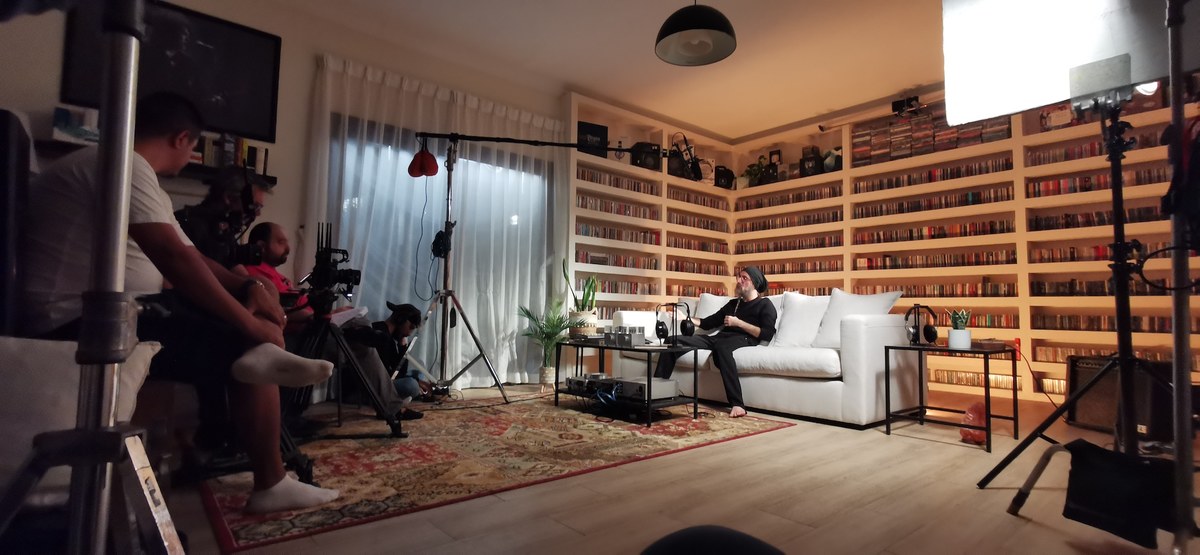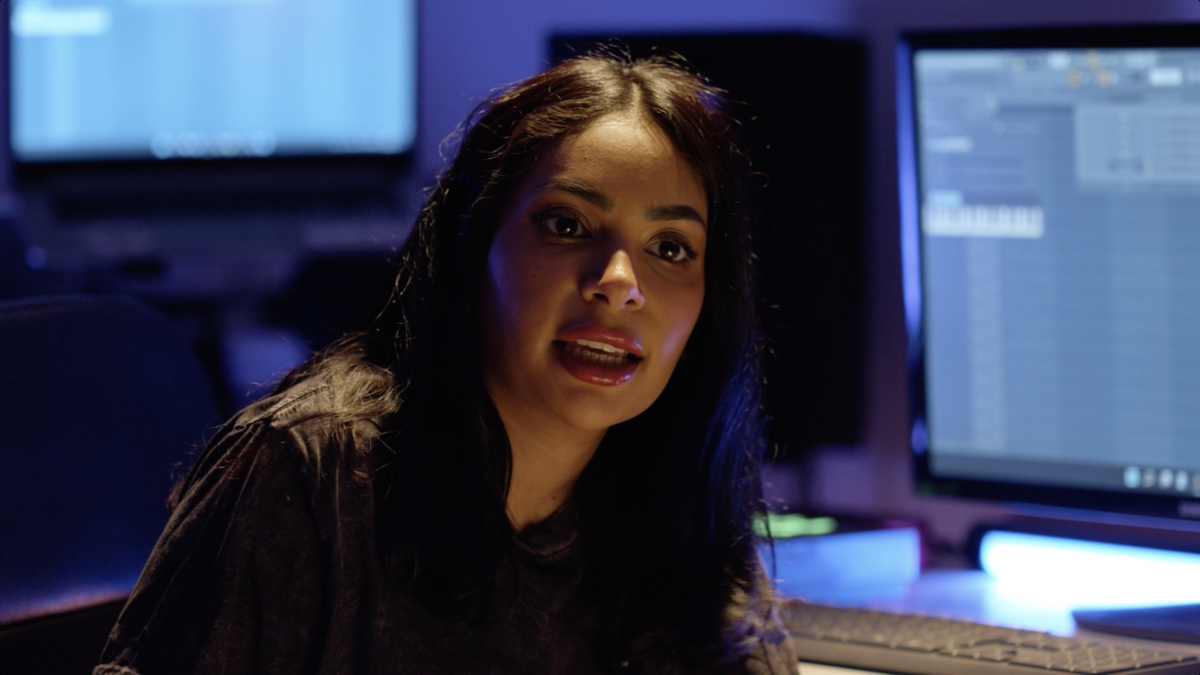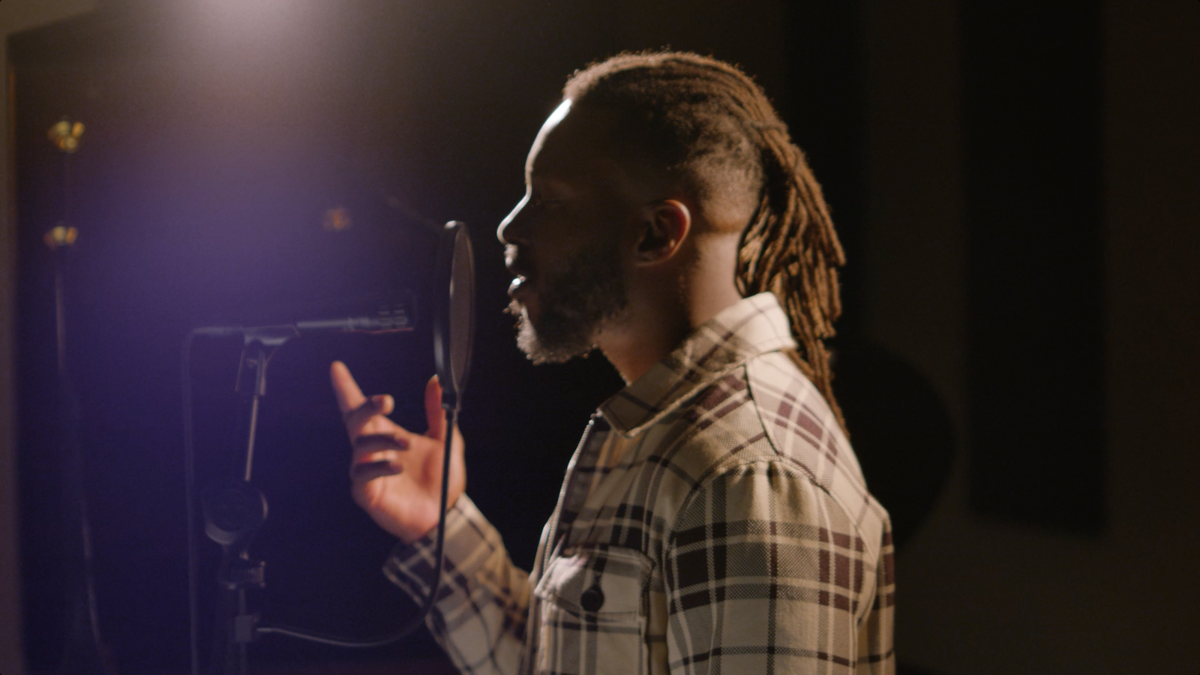Ahd Kamel, Saudi filmmaker, actress and director shared her experience and opinion about the movie industry and Saudi society in a candid talk show at Athr gallery in Jeddah on Tuesday.
The much acclaimed and accomplished film director received a warm welcome from critics for her first film. This past year has been a busy one for the young star, making appearances in the Dubai International Film Festival and most recently in the Berlin International Film Festival for her second short film ‘Sanctity.’
Discussing the latest buzz surrounding her, Kamel frankly said she hoped that the public and critics’ interest in her latest movie was generated due to the creativity and artistic work instilled by the film itself and not because of the Saudi flagship.
She also expressed her optimism and confidence in the Saudi filmmaking industry, saying the Kingdom has many talented people that are waiting for the right opportunity to shine.
“I am hundred percent assured about this, even though at the moment we might not be advancing in the right direction, since we still don’t have cinemas, however, filmmaking is an expression and as a society we have much talent and issues to discuss. Saudi cinema is still in its infancy stages, it needs to be nurtured, developed and supported. There are many Saudi filmmakers testing their skills abroad to see where they stand. I think, as cinema becomes a part of our culture and the burgeoning art movement, people will need to receive education about films and the history of cinema. I see the glass half full,” she said.
Kamel is the first Saudi woman to study acting and filmmaking in the United States of America. Her impressive resume includes working alongside numerous famous directors. “Saudi Arabia opens the doors but you have to push through. I don’t like to label myself as a Saudi filmmaker, I am simply from the film industry; I am a native of the Kingdom, but I don’t want to carry any banners,” she added. Recalling her beginnings, Kamel said she never dreamt of being a filmmaker, rather the profession chose her. She picked up a camera to make her graduation project and suddenly filmmaking became her profession.
Kamel explained that with the film ‘Sanctity’ she tried to highlight overlooked social and female issues and bring them to the forefront of the public’s attention. “I want to share different angles of the strength and endurance of women; it’s not easy for example to be a mother. I usually approach the theme of my work with a question and then try to tackle it and provide an answer. With regards to this film, the question I put across to the audience is what does a woman do in the absence of a man from her life.”
Sanctity relays the story of a young widow, who tries to protect her unborn child.
The most challenging aspect of her experience in directing this movie was the ability to complete the shooting in seven days. It is worth noting that the film was shot on location in Jeddah.
“It was a great experience shooting on the streets of Jeddah. People in the neighborhoods where we were filming welcomed us and were extremely supportive. The people all-together made this experience a successful one,” she said.
The young filmmaker said she would like to approach the subject of friendship and plutonic relations that cut across the barriers segregating the sexes. “How can we create a society without segregation? We are not living in the jungle.
The message needs to be sent across that women can stand up for themselves; that we are capable of doing anything, after all we are responsible for raising the next generation and therefore we should not be ignored,” she emphasized.
Discussing other topics that interest her, she said she wants to project the different shades of black and white in the lives of women, men and society.
She said she believes that we need freedom and liberty, but if you find freedom within, it begins to manifest itself outside. For her art is a medium which pushes her to express herself and an outlet of her inner freedom.
Sanctity has an open ending because she wants to leave room for the audience to come to their own conclusions.
“I think in creative work, just like in life nothing has a concrete ending. I prefer to be more realistic, especially in films, as it gives you room to think.”
Kamel said her projects and films are not part of her social responsibility but rather they represent her projects as an artist.
The young filmmaker is very much inspired by the work of John Cassavetes, American film director, actor and screenwriter.























